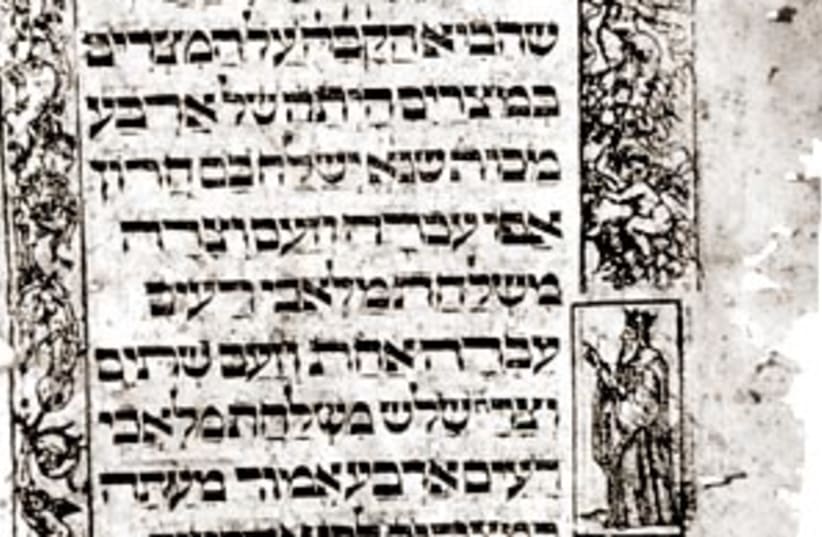| More about: | Jewish Theological Seminary of America, Hebrew University of Jerusalem, United States, Philadelphia |
Hidden beneath the surface
One man's painstaking work has brought to light hundreds of literary treasures.


| More about: | Jewish Theological Seminary of America, Hebrew University of Jerusalem, United States, Philadelphia |